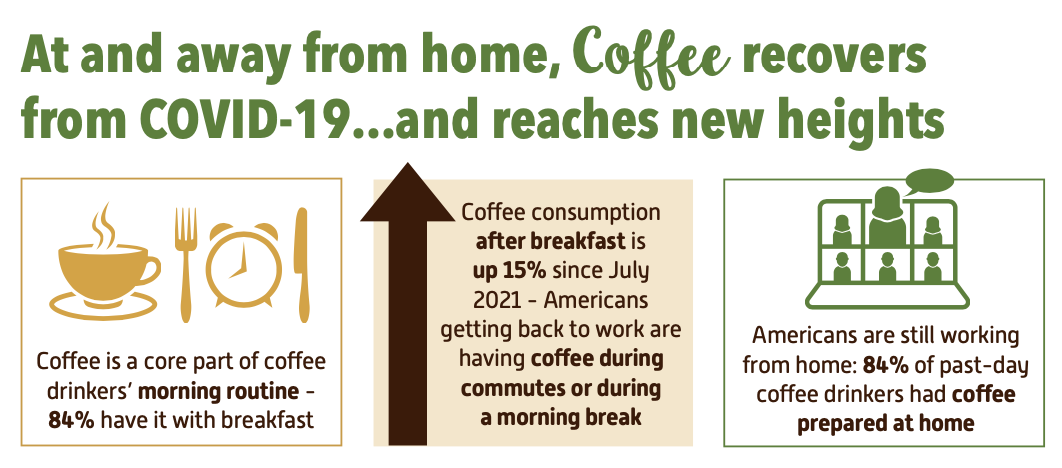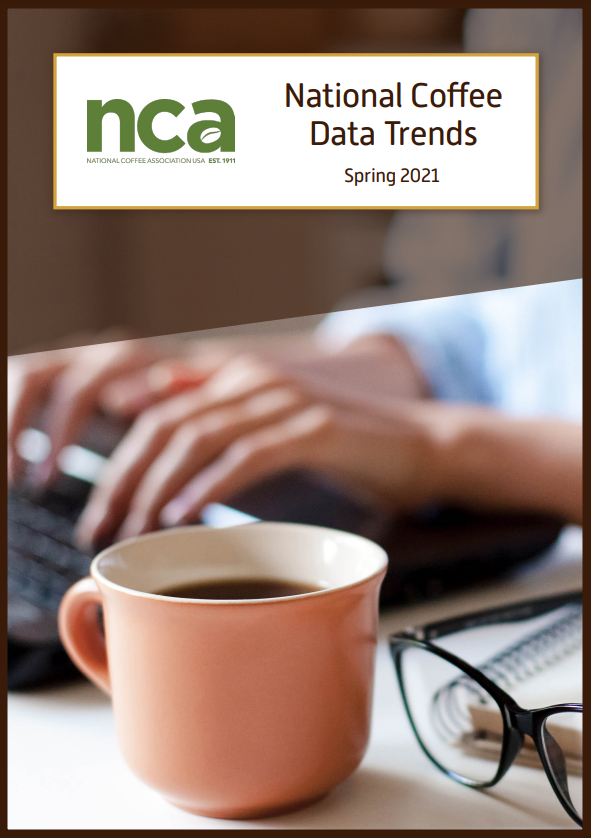It’s National Wellness Month, a time for celebrating and sharing all of the ways we keep ourselves happy and healthy. “Wellness,” of course, can mean many different things. The Global Wellness Institute defines wellness as the active pursuit of activities, choices, and lifestyles that lead to a state of holistic health.
Some may picture green juice and yoga classes when they think about wellness, but this definition makes clear that many things can contribute to wellness – from enjoying time with family and friends to enjoying a balanced diet, with or without yoga mats!
For coffee drinkers, we know that coffee contributes a lot to the “happy” category. Not only do our beloved coffee beverages put smiles on our faces, but they also put a pep in our steps for the final month of summer fun. This month, though, remember that coffee also has so much more to offer when it comes to staying healthy.
Coffee itself boasts myriad unique health benefits, perhaps thanks to the thousands of naturally-occurring antioxidants and polyphenols in every cup. Drinking coffee is associated with a reduced risk of a wide range of chronic diseases and even a reduced risk of multiple cancers.
In fact, the American Institute for Cancer Research (AICR) recommends drinking coffee “regularly,” and the American Cancer Society (ACS) has concluded that coffee reduces the risk of multiple cancers including liver cancer, endometrial cancer, cancers of the mouth, pharynx and larynx, as well as basal cell skin cancer and melanoma.
Overall, coffee drinkers live longer, happier, healthier lives. Multiple prospective studies encompassing hundreds of thousands of people – for example, these studies published in the New England Journal of Medicine and Circulation – have found that drinking coffee is associated with increased longevity. Another study published in the Annals of Internal Medicine found that compared with non-coffee drinkers, participants with the highest level of coffee consumption had a statistically significant lower all-cause mortality.
Coffee can also help achieve shorter-term health goals. Coffee consumption is associated with maintaining a healthy body weight and reducing the risk of type 2 diabetes, another leading cause of ill health for Americans. A study published in The Journal of Nutrition in 2020 found that higher coffee consumption (both caffeinated and decaffeinated) was associated with “significantly lower total body fat percentage and trunk body fat” in women.
Wellness includes health from head to toe – and coffee delivers. A literature review conducted by NCA’s science advisor in 2020 found that drinking coffee is associated with up to ⅓ reduced risk of depression. Some studies even suggest that coffee has the potential to help alleviate the symptoms of neurocognitive disorders like ADHD.
It seems like new evidence about coffee’s unique health impacts emerges all the time. One recently-published study conducted in Portugal found that drinking coffee increased activity in parts of the brain involved in short-term memory, attention, and focus. (Note that ingesting caffeine on its own did not have the same effect). New findings conducted by researchers at the University of Verona showed that enjoying espresso helps to destroy rogue tau proteins that gather in the brain and kill neurons, a process that is believed to be involved in the onset of Alzheimer’s disease- researchers say these results pave the way for more research into treatment and prevention.
To put it simply: your favorite cup of coffee is a great way to support and celebrate wellness this month and every month.



















 By
By 




